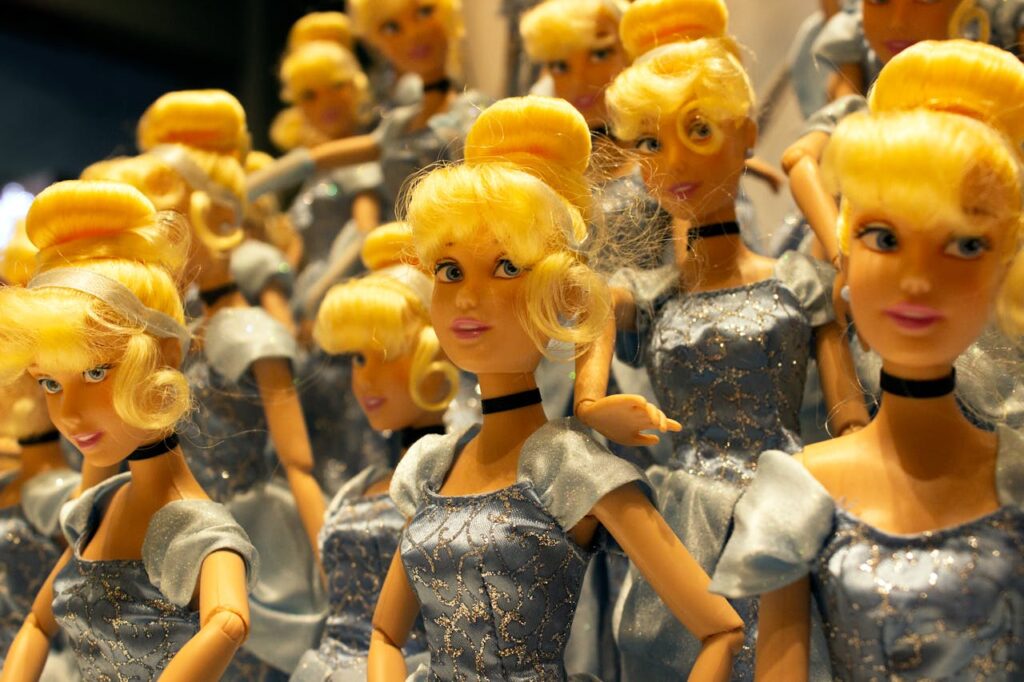Science
Japanese Breakthrough: Thanks to Extraordinary Caterpillars
02 July 2025

When Paul Ricoeur (1913‒2005), the prominent French philosopher, stated that “the symbol gives rise to thought,” he thus opened for 20th century humanities a new perspective in reading literary, visual and musical works. Our language is becoming more and more strict, more unambiguous and technical, which, assumedly, is supposed to facilitate the interpretation of reality. However, it is precisely such means of expression as symbol, metaphor, myth, hyperbole, and analogy that broaden our field of vision and understanding. They activate both the power of our imagination and the potential of the intellect to see, know and understand more and more from the surrounding reality.
The world we live in is supersaturated with symbols. The Merriam-Webster dictionary defines a symbol as: “something that stands for or suggests something else by reason of relationship, association, convention, or accidental resemblance.” It also has one literal meaning and a different number of hidden meanings that remain to be read by the recipient. This means that the symbols refer us to the multiplicity of content, problems and topics ‒ at the same time leaving it up to us to interpret them.
The branch of philosophy dealing with, among others, this issue is called hermeneutics (Greek: to explain, interpret, but also to study critically, understand methodically) and has its roots in Ancient Greece, because it refers to Hermes, the messenger of the gods in Greek mythology, who was tasked with explaining to people the decisions of the gods of Olympus. Undoubtedly, however, it is in modern times thanks to Friedrich Schleiermacher (1768‒1834), and then in the present thanks to figures such as Mircea Eliade (1907‒1986), Paul Ricoeur (1913‒2005) and Umberto Eco (1932‒2016) that a decisive development of this branch of philosophy has come about.
We recommend: Pop Tradition: Can Popular Culture Replace the Canon?

The phenomenon of the film Barbie can undoubtedly be seen from the perspective of reading the indisputable symbol of pop culture, established mainly in the 1990s. It must be clearly stated that the contemporary culture of the United States is even based on symbols that for years have been setting the directions of marketing and the development of timeless American patterns, serving mainly to multiply the capital of certain people or corporations (in the case of Barbie – Mattel). Barbie is no exception because the proceeds obtained from promoting figures being symbols, such as Marilyn Monroe, Elvis Presley or more contemporary ones, such as Batman, Joker or James Bond, are probably even greater. Barbie just fits perfectly into this kind of promotion of American pop culture, and since the 65th anniversary of the doll’s creation fell in 2023, it is for this occasion that the Warner Bros. Discovery concern produced a movie dedicated to her.
How to read the message conveyed by the character of Barbie shown in the latest film adaptation directed by Greta Gerwig? The axis of this movie seems interesting, because Barbie, who lives in an ideal and fairy-tale world, is going through an existential crisis. Her monotonous life in an embellished, pink-colored universe suddenly ceases to be so candy-like, because in Barbie’s beautiful head appears the thought of… leaving. The question of death somehow opens the way to further “imperfections” in an ideal reality, in which suddenly there is a lack of warm water in the shower, morning toast burned, and cellulite as well as flatfoot turn out to be the final drama, which motivates Barbie to look for the causes of such a situation. This is the decisive moment when the pop culture icon decides to leave her fairy-tale reality, in which women rule, and go on a journey to another world – the real one, in which patriarchy reigns. She is accompanied by Ken, a man blindly in love with a perfect blond. So far he was only an ornament but after entering the real world, he “gets up from his knees” and returns to Barbieland, where he puts into practice the ideals of his newly discovered masculinity.
Despite its satirical and grotesque convention, based on a stark contrast between the world of women and the world of men, the film evokes reflections on serious topics for the viewer. Barbie and Ken are symbols not only of American pop culture, who embody the most stereotypical and heavily simplified image of the ideal of a woman and a man, but are also icons that make us ask about the roles, tasks and places of contemporary women and men. Barbie, accustomed to living in an unreal world of everlasting smiles and endless night pajama parties with her girlfriends, must mature and wake up from her illusory world. It’s a painful wake-up call. A similar experience affects Ken, who, fascinated by patriarchy, tries to force it into the women’s world and also fails. It turns out that as a man, he can confirm himself and prove to himself, other men and Barbie that he is someone only through war, using violence and aggression. Both Barbie, disappointed by the reality of the world, as well as Ken, who deep down is a sensitive but lost guy who constantly has to prove something even though he has no desire or strength to do it, experience difficulties.
Such a depiction of iconic figures makes us read their imagery in the context of the roles and tasks that modern man has to face on a daily basis. What image of femininity and masculinity ‒ paradoxically ‒ are the creators of this film trying to break? It turns out that neither Barbie nor Ken are as perfect as everyone would expect. Barbie is in crisis, Ken is in crisis. Symbolically, it means a permanent crisis for both women and men who do not know how to find themselves in the modern world. From the variety of identities and lifestyles, we no longer know what to choose. Women constantly work their way up, and men feel unnecessary and pushed aside. They put on more masks to survive somehow, which in the end brings a comic effect, and all the characters remain deeply unhappy.
We recommend: Work Ethos Across Cultures
The road that Barbie and Ken share from the world of matriarchy to the world of patriarchy and back itself is a symbol that makes one think. With this measure, the filmmakers show the path of alteration common to a man and a woman, which each of us must go through to find oneself. The image of the shacklers, imprisoned for years in the darkness of their imaginations and illusions about the world, who come out of the cave into the light of day comes to mind. It is the famous metaphor for discovering the truth depicted by Plato in the 4th century BC.
This also reminds us of another film work in which the main character Neo also has to choose which world he decides to live in, and the decisive factor is to take the blue or red pill. The Matrix movie (because it is the one referred to), similarly to the text of Plato’s The Republic, paves the way with their message to the hermeneutics of the symbol of Barbie and Ken. All three sources mentioned illustrate the process of maturation of a man. In the case of the Barbie film, the creators focused primarily on the emotional immaturity of the main characters.
Barbie, after entering the world of men (and thus after departing from the reality of a homogeneous, monistic world of femininity) discovers that she has corporeality and sexuality that means a lot, whether she likes it or not. Ken, after having become fascinated with patriarchy, must also understand that he will never be fully fulfilled and happy about it. The reality in which we live is by nature diverse and pluralistic (at least: dual), and this results in the necessity of cooperation and seeking compromises – for the good of both sides.
Paul Ricoeur believed that a symbol is simultaneously a sign, and this fact requires a mental transcendence. When he wrote about the necessity of reading a symbol as its essence, he unequivocally pointed to the intellectual effort that must be made if one wants to see something more. A symbol requires sensitivity and intelligence from the person who is dealing with it since the meaning encoded in it becomes available only after decoding. On the other hand, the ability to read and interpret a symbol requires open-mindedness and a rejection of reductionism, schemes and stereotypical perception, which always tempt with their ease and simplicity.
Marion Zimmer Bradley (1930‒1999), an American writer, stated in a similar vein as Ricoeur that “the symbol is nothing, while the reality is all.” And perhaps it is this intuition that should encourage us to read from the Barbie movie something more than just what is visually imposed on the viewer. It is not without reason that the film begins with a scene abandoning a traditional doll in favor of Barbie in a sequence parodying the movie classic 2001. A Space Odyssey directed by Stanley Kubrick, in which man looks at himself in the mirror of the ideal.
An equally strong accent (symbol?) of this movie is the appearance of an authentic character: Ruth Handler (who died in 2002), the creator of the Barbie doll, who conveys ‒ what might seem – the key message of this film: “People die, but ideas live forever.” She leaves the legacy of her work, which in her interpretation means that we all will die anyway, but the symbol of Barbie and Ken will outlive us and remain in the so-called collective consciousness. Because that’s the power of a symbol. Whether we like it or not.
You may also like:
Translation: Marcin Brański